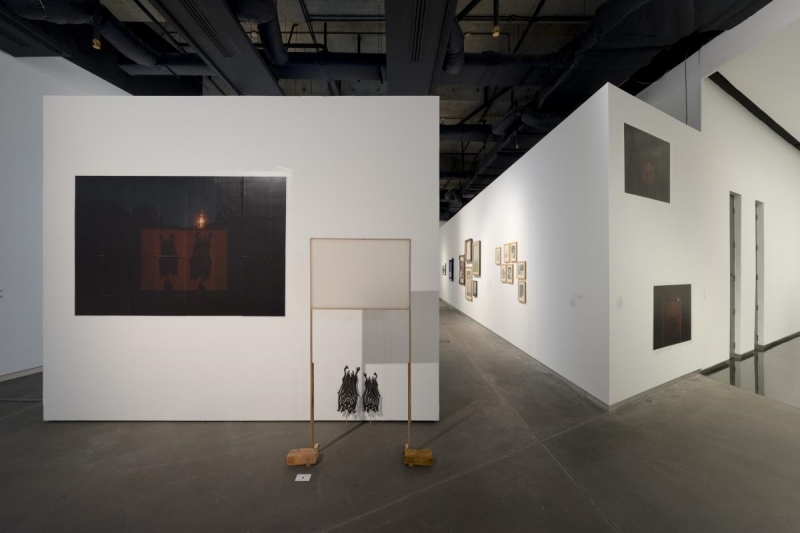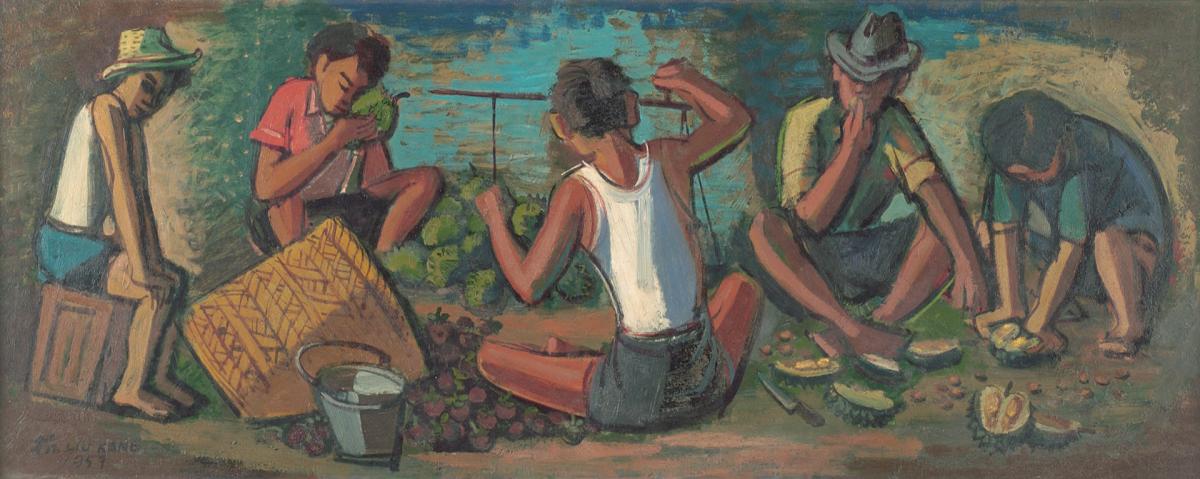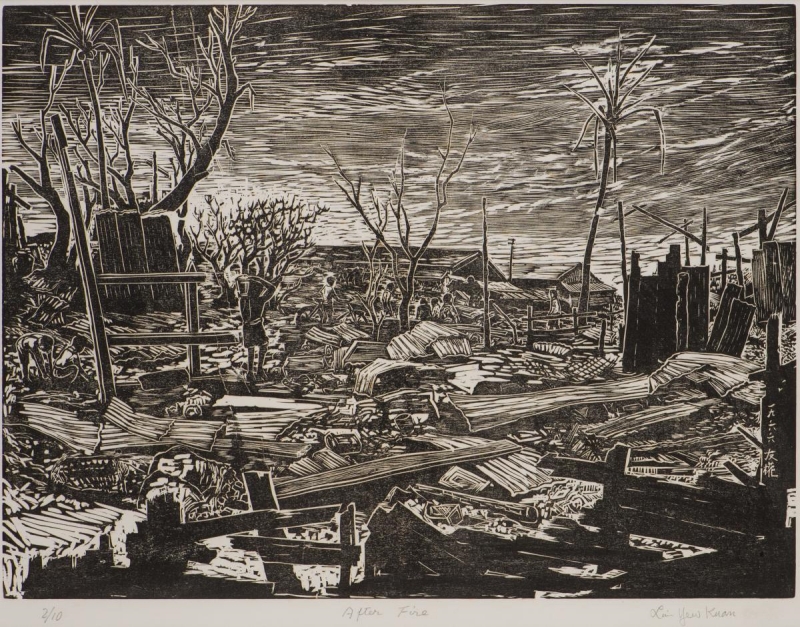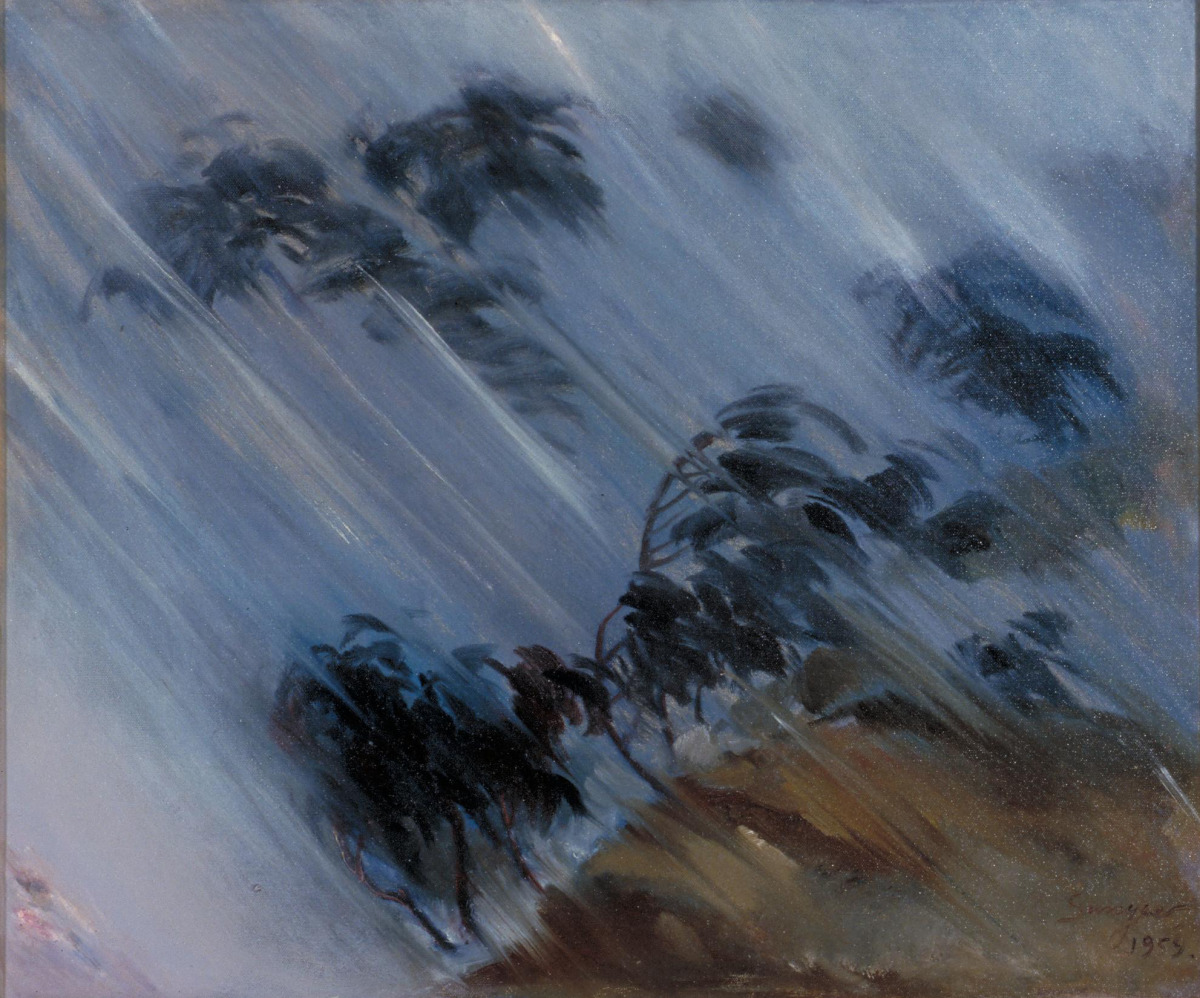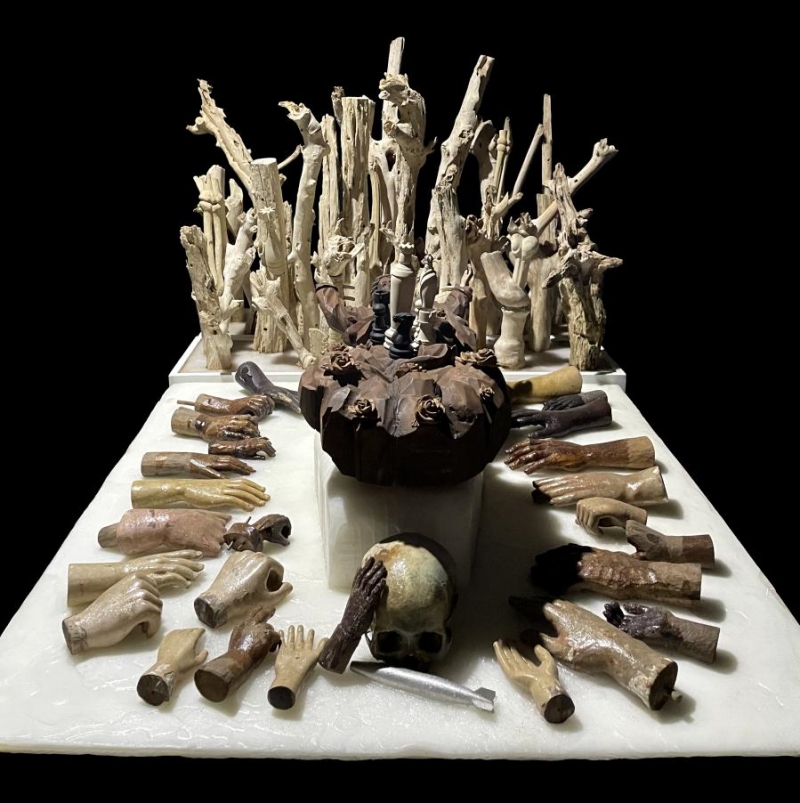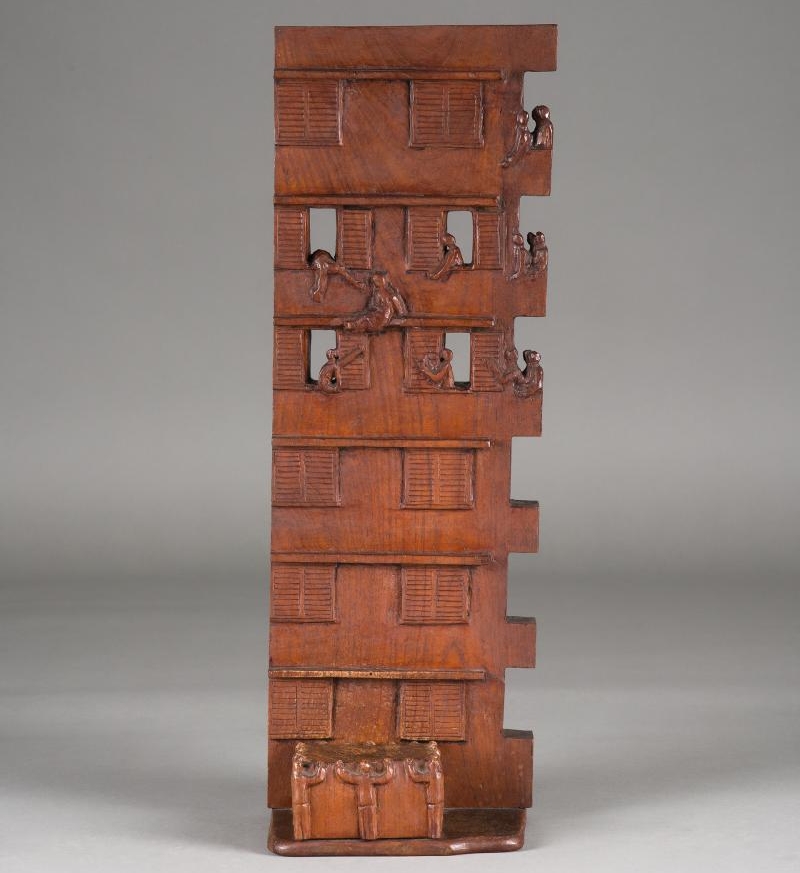The National Gallery Singapore will debut its fourth edition exhibition in Dalam Southeast Asia on 5 April 2024. Titled ‘Figuring a Scene’, the exhibition is set to run until 1 December 2024 and seeks to expand viewpoints on the understanding of art and its elements.
Dr. Patrick Flores, who became Deputy Director of Curatorial & Research at the Gallery in 2023, presents his first curated exhibition. He takes a thematic approach to examine how the portrayal of natural elements can change the interpretation of artwork and its story when viewed in a particular context and through the lens of personal experiences.
Figuring a Scene
In Figuring a Scene, viewers depart from conventional wisdom in art history and gain a fresh viewpoint on exhibitions. Regardless of their social or historical significance, we think exhibitions are important in and of themselves. Our interpretation of art is defined by our emotional experiences, our imaginative capacities, and our sensory perceptions of the world. You can investigate the workings of art and the significance of materials in certain contexts, like in a play or narrative. Bring your personal experiences into dialogue with the artworks as you move through the show.
Get to explore the complex creative process and how it may be better understood. Think deeply about the concerns that arise when discussing the making and taking in of art, the collaborative setting of an exhibition, and the relationships between art, history, and daily life.
In Figuring a Scene, viewers will see several examples of how natural objects can serve as indicators to assist us understand various social structures. Shadow, fruit, fire, air, wax, and city are the six episodes that provide these situations.
The Shadow
Nature and technology are portrayed in sharp contrast by Sharon Chin. Residing in close proximity to an oil refinery, she tackles issues of displacement, climate justice, and ecological tensions. Her linocut prints ended up as workshop supplies and protest banners after they were originally made for book illustrations. “Without darkness, how can we dream of the day?” was the question posed by the project, which turned the prints into shadow puppets and explored the fight between societal and natural forces.
The Fruit
The durian, a fruit whose mythology and representation have influenced Singaporean and Southeast Asian culture, is brought to life in three pieces. Liu Kang, Robert Zhao Renhui, and Anusapati all express the durian in their own unique ways through photography, sculpture, and painting. Think about the cultural importance of the tropical fruit for people who are trying to find their place in the world, their roots, and the impact of colonisation on the land and its inhabitants.
The Fire
Bukit Ho Swee was a slum of attap huts that was devastated by a terrible fire in 1961. It was a watershed point in Malay society’s evolution. The fire emergency greatly facilitated the formation of Singapore’s indigenous urban form. The rapid development of public housing was a distinctive feature of this era of modernisation. In this episode, you will see pieces created by Lim Hak Tai, Lim Yew Kuan, Tan Choo Kuan, and Liu Kang.
The Air
Trying to depict air in art is a visual challenge. Artists struggle with its opacity, yet its impact and function are fundamental and gut-wrenching. ‘Air’ showcases a photograph by Lim Tzay Chuen called The Opposite is True #2 and a painting by Sun Yee called Storm.
The Wax
How can fear and trust be embedded in wax? The Filipino artwork Tira by Renato Habulan carries multiple interpretations. It contains a sculpture of a transfigured Christ lying on wax, evoking colonial Catholicism in the Philippines, and is composed of driftwood, discovered statuary, and paraffin wax. Fragmentation, religious embeddedness, and the horrors of war in the southern Philippines are all evoked in the piece.
The City
Public housing and the art museum, both with roots in discourses that emerged in post-colonial Malaya, are two defining features of Singapore’s nationalist and modernist aspirations. Independent era architectural writings from the 1960s stress the importance of culture and art in creating a sense of national identity. The fire catastrophe of 1961 sparked the creation of public housing, which turned “squatters into citizens.”
In the midst of this craving for inclusion, a teak sculpture by Shui Tit Sing suggests both the joy of transformation and the anguish of mortality, casting doubt on the story of progress in a nation where over 80% of the population resides in public housing.
For more information on the exhibition, visit the National Gallery website.


